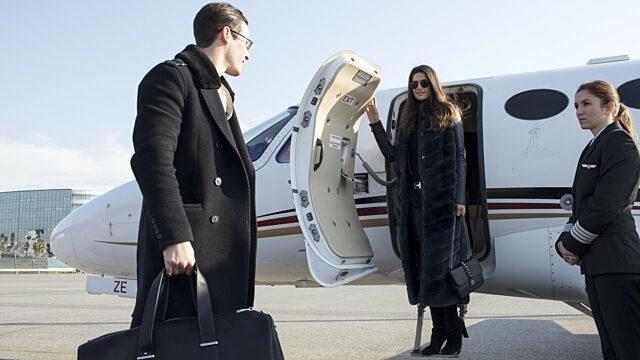
The perception that private business aviation travel is a luxury only for the rich has been changing for the better during the COVID-19 pandemic as more first-time users come into the industry.
The pandemic has brought new clients into charter industry as airlines cut service and passengers discover the flexibility, security and other benefits private travel brings.
At the beginning of the pandemic, “we were relentlessly repatriating,” said Alex Durand, Saxon Air CEO, during a panel discussion called “Beyond COVID: Insights from Market Makers and Movers,” which was part of a virtual EBACE Connect program. “Everybody suddenly got what we offer.”
Panelists, who also included GlobeAir CEO Bernhard Fragner, and VistaJet chief commercial officer (COO) Ian Moore, discussed sustainability, seat-pricing models, digitization efforts and other topics. Paul Walsh, European Business Aviation Association senior manager of member services, moderated the session.
At GlobeAir, growth in demand for private travel began in Europe in June 2020, it has said. “GlobeAir is confident that entry-level jet charters will see an additional 20% boost in the current year.”
The industry must concentrate on serving the customer, especially newcomers to the industry. “Everything starts with customer service,” Fragner said.
New customers have come into the industry. Now, it is everyone’s job to keep them, Moore said.
Moore, COO of VistaJet, which purchased XO Jet in 2020, sees an opportunity for short-haul flights in the light end of the market, one that is more cost-conscious. “We feel that area and market are things the XO brand can go after,” Moore said.
At the same time, the industry must embrace sustainability efforts to reduce emissions. Operators, already feeling the pressures of operating in a COVID environment, are feeling the added pressure to reduce CO2 emissions.
“It’s essential; it’s got to happen,” Durand said. In that area, “we’re an easy target for a lot of people.”
In addition, clients desire “one-click” instant quotes when booking charter flights. While there is progress in that area, it is difficult. The establishment of a centralized database would help, Fragner said. But many pricing factors must be considered such as the location and cost of the aircraft, crew duty times and overall demand, Fragner said. At GlobeAir, pricing varies by 20% depending on demand.
GlobeAir is also beginning to transition its fleet, a move that will take up to three years to complete. “We are now searching for the next platform,” Fragner said.





